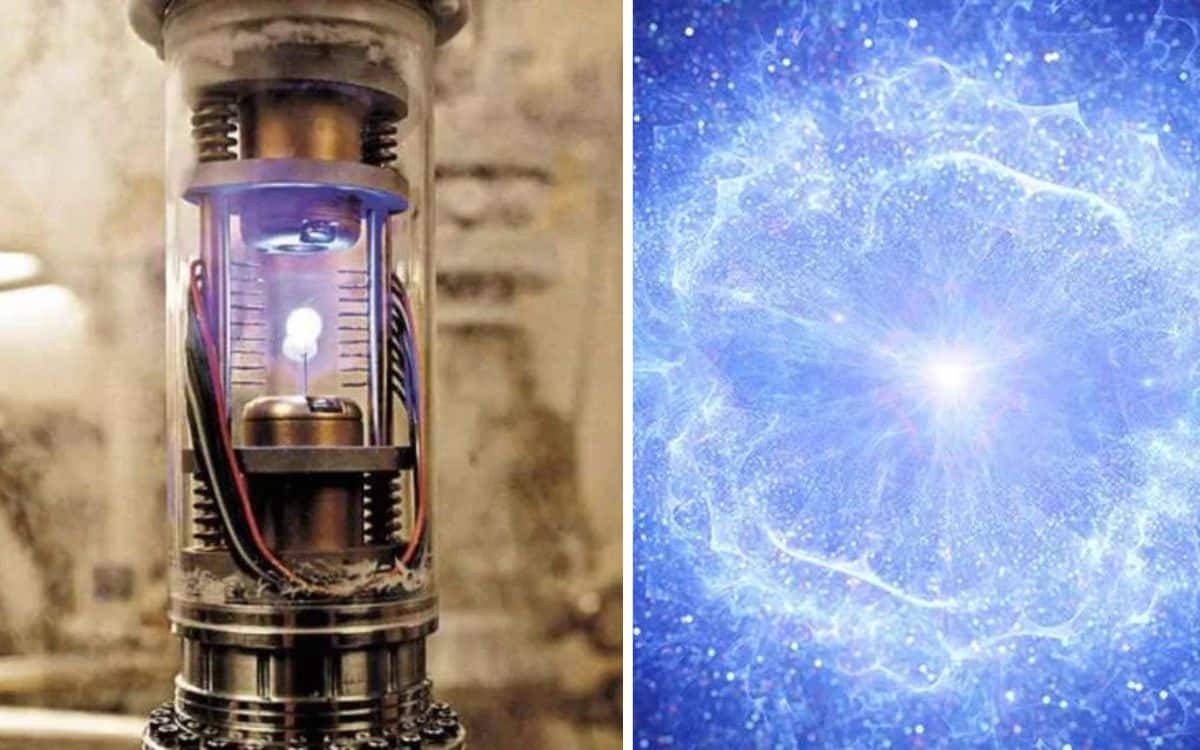The world’s most expensive material costs $62.5 trillion per gram and you probably don’t know what it is
- It’s priced at a staggering $62.5 trillion per gram
- It’s strongly associated with science fiction – but it is real
- It’s becoming increasingly rare
Published on Dec 11, 2023 at 7:33 PM (UTC+4)
by Amelia Jean Hershman-Jones
Last updated on Dec 11, 2023 at 9:18 PM (UTC+4)
Edited by
Adam Gray
Forget diamonds, gold and even saffron – you’ve probably never heard of the world’s most expensive material.
Priced at a staggering $62.5 trillion per gram, just a small amount of this mysterious substance is more than half the value of the world’s economy ($105 trillion).
The world’s most expensive material is associated with science fiction, however, it is a real substance.
READ MORE! Most expensive penthouse in Dubai sold for $136,200,000
In Dan Brown’s, Angels and Demons, Professor Langdon tries to save Vatican City from a bomb made from it.
Star Trek’s starship Enterprise uses it to for fuel for faster-than-light travel.
Introducing: antimatter.
Plentiful when the Universe began, it’s becoming increasingly rare.
If stars and planets are made from matter, antimatter is the same but with an opposite electric charge and spin.
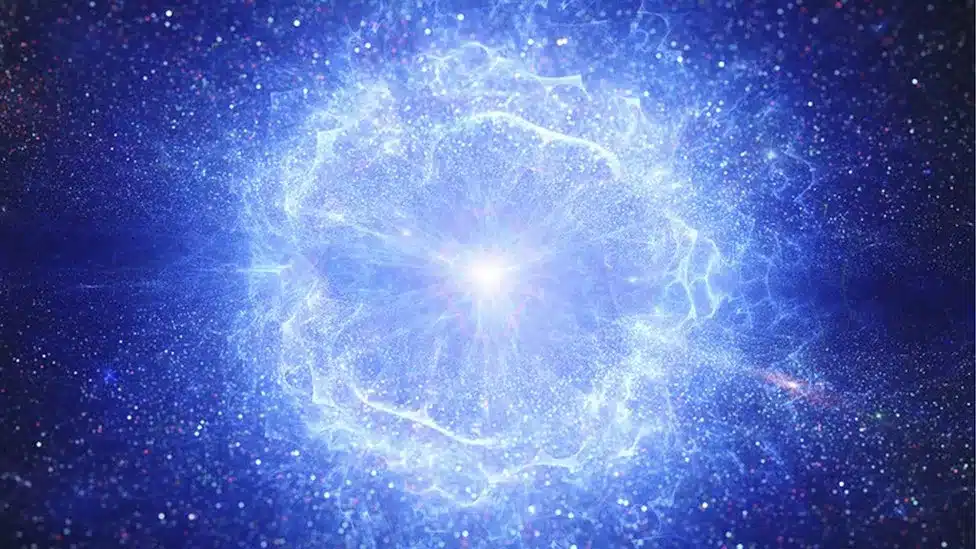
Both were created in equal amounts when the Big Bang happened.
When matter and antimatter meet, they destroy each other to produce energy.
Meaning that, in a cosmos dominated by matter, antimatter doesn’t stand a chance.
Meanwhile lithium, also known as ‘white gold, is another precious and expensive substance, a wealth of which was recently discovered in California.
The find could massively help in the shift towards electric vehicles.
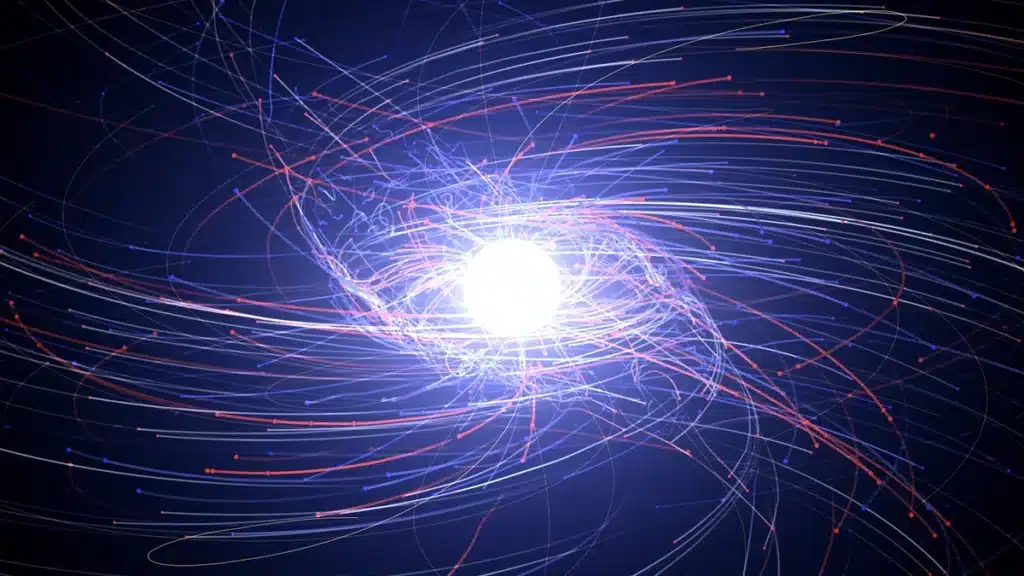
Back to antiparticles: they’re made sporadically throughout the universe.
In fact, scientists have seen evidence of antimatter production above thunderstorms.
Bananas make their own antimatter.
Wait for it: even human bodies create an infinitesimally small amount of these particles.
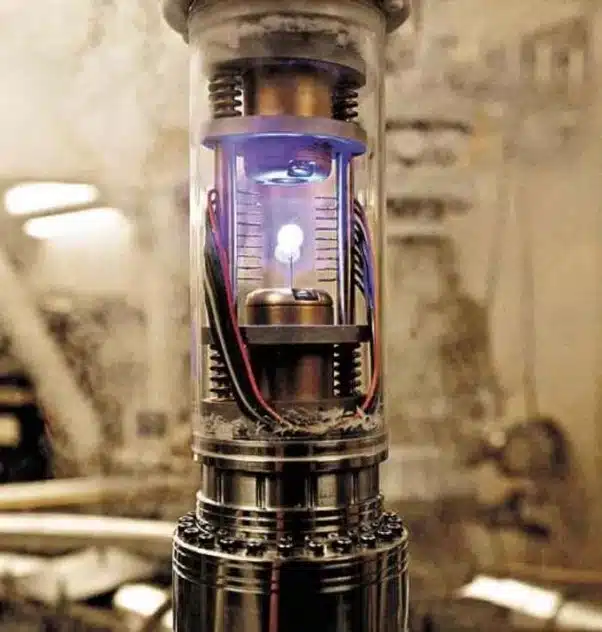
With potential revolutionary applications in energy sources and medicine, humans have been able to create their own.
These particles are formed in ultra-high-speed collisions at huge particle accelerators such as the Large Hadron Collider near Geneva, Switzerland.
This unprecedented machine is operated by CERN (the European Organization for Nuclear Research).
However, this antimatter has to be handled with care.
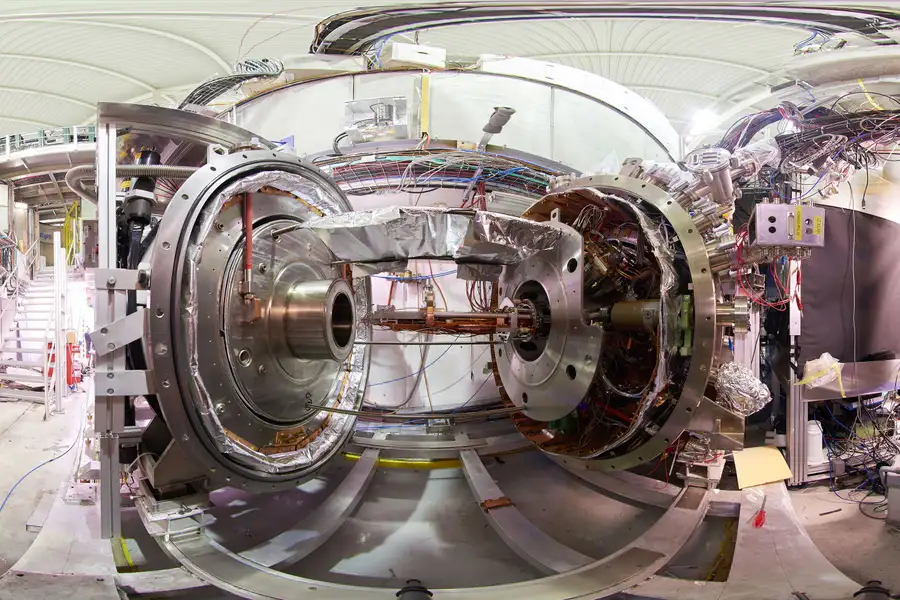
Antimatter-matter annihilations have the potential to release a huge amount of energy.
A gram of antimatter produces an explosion the size of a nuclear bomb.
Antimatter has been theorized for possible use as a powerful and efficient fuel for interstellar travel or travel between stars per study.com.
DISCOVER SBX CARS: The global premium car auction platform powered by Supercar Blondie

All Supercar Blondie contributors undergo editorial review and fact-checking to ensure accuracy and authority in automotive journalism. After gaining her BA Hons in French and English at the University of Nottingham, Amelia embarked on a vocational diploma from the National Council for the Training of Journalists (NCTJ). This led to numerous opportunities, from interning at Vogue to being on the small team that launched Women’s Health magazine in the UK, which was named the PPA Consumer magazine of the year for three years running. As Health, Beauty and Fitness editor, Amelia personally received a Johnson & Johnson Award and was shortlisted for both PPA and BSME titles. Since then, Amelia has created content for numerous titles and brands, including the Telegraph, 111 Skin, Waitrose, Red magazine, Stylist, and Elle, as well as being Head of Content at Vitality and Editor in Chief at INLondon magazine. “My superpower is translating technical jargon about the mechanical workings of a supercar into a relatable story you’ll want to share with your friends after you’ve read it.” After joining the SB Media family as a senior journalist in September of 2023, Amelia’s role has evolved to see her heading up the SEO output of the editorial team. From researching the most ‘Google-able’ key terms to producing evergreen content - it’s been a time of hard work, growth, and success for the editorial team and the Supercar Blondie website. “I like to think of myself as a ‘method journalist’. In other words: I live and breathe whatever I am writing about. When writing about fitness, I trained as a personal trainer, and as a beauty editor, I completed an ‘expert’ in scent diploma with the Fragrance Foundation. “During my tenure at Supercar Blondie, however, I did something I never thought possible: I passed my driving test at the age of 36. One day I’d love to train as a mechanic to better understand what happens under the hood, too. “My sweet spot is providing readers with a ‘takeaway’ (read: something new they didn’t know before) after reading every one of my stories. While I don’t claim to be an expert in the automotive world, I know the experts and bodies in the field to rely on to provide our readers with an informative and thought-provoking story every time they visit the site.”
